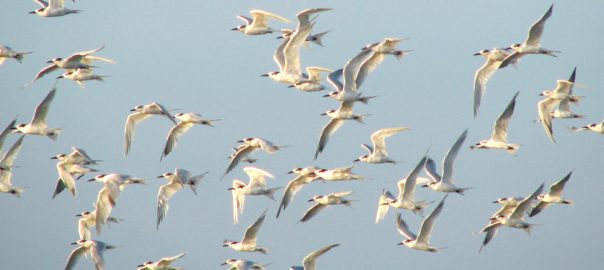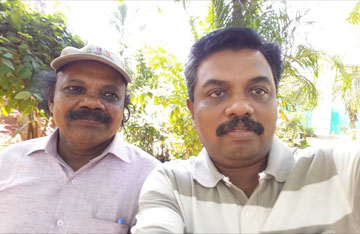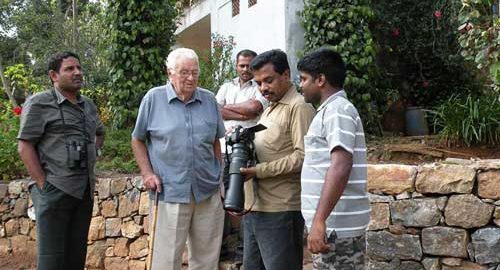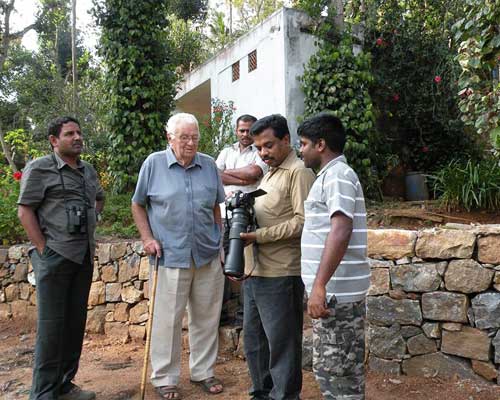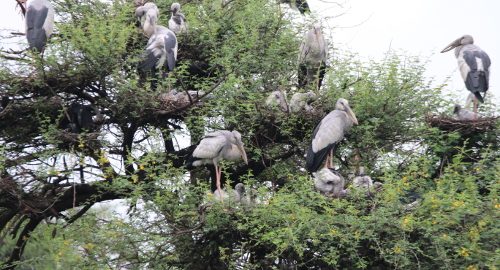
Vettangudi Bird Sanctuary
The Vettangudi Bird Sanctuary (38.4 ha) consists of three freshwater tanks: Periya kollukudi kanmai (13.5 ha), Chinnakollukudi-kanmai (6.2 ha) and Vettangudi-kanmai (18.2 ha) . The only bird sanctuary located in the Sivaganga District which was declared as sanctuary in June 1977. The sanctuary is about about 10 km from Tirupattur and about 51 km from Madurai. The Vettangudi Bird Sanctuary is located at 10 deg 10′ N latitude and 78 deg 20′ E longitude.
This tanks and surrounded paddy fields attracts largest number of winter migratory birds, They were from European and North Asian countries. It is a breeding habitat for grey herons, darters, spoonbills, white ibis, Asian Open bill stork, and night herons. It has also attracted painted stork, grey heron, darter, little cormorant, little egret, intermediate egret, cattle egret, common teal, Spot bill ducks and pintail.

Busy time for Birds
The Sanctuary receives its major rainfall from the northeast monsoon, So The best time to visit this sanctuary starts in November to January and its continue to March. During this time birds are mostly busy in building and maintaining their nests. Here with a maximum rainfall of 300 mm. Thus, from June to December, rainwater helps to sustain the breeding birds at Vettangudi. Besides this, Vaigai, the major river of the district and surrounding paddy fields also provide foraging grounds.
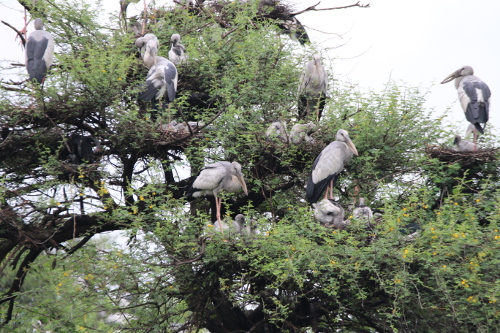
Birding
This site was selected as an IBA due to the large breeding colony of up to 5,000 birds. More than 250 nests of Asian Open bill have been seen and plenty numbers of nesting colonies of Oriental White ibis, Little Cormorants, Night herons, Little Egrets, Intermediate Egrets. And Greater Spotted Eagle is the familiar raptor of this Sanctuary.


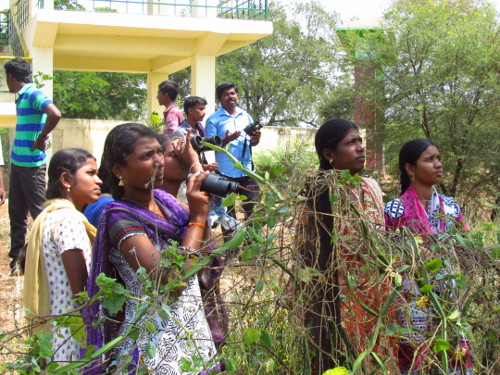

Climate/Weather:
Summers: During the summer the climate is quite hot. May is the hottest month.
Winters: The climate remains pleasant during this time, as the temperature rarely falls between 20 deg C and 30 deg C
Nearest visiting places:
- The famous Karpaka Vinayakar Temple at Pillayarpatti near Karaikudi, Sivaganga District.
- The temple of Kundrakudi Lord Subramanya at Kundrakudi, near Karaikudi, Sivaganga District.
- And Some Tourist place like Thirumalai Nayak Palace Gandhi Museum: Mariamman Teppakulam and Thirupparankunram located at Madurai
- And Some Tourist place like Thirumalai Nayak Palace Gandhi Museum: Mariamman Teppakulam and Thirupparankunram located at Madurai
How to reach
| Nearest Railway Station: | Madurai is connected by Train via Madras with all the main places in India. |
|---|---|
| Nearest Airport: | Madurai |
| By Road: | Karaikudi and Madurai is nearest City and Major Cities has well connected with Madurai by road to Madras (472 kms), Trichy (142 kms), Rameshwarm (139 kms), Kanyakumari (232 kms), Tirunelveli (151 kms), Kodaikanal (120 kms), Periyar Wildlife Sanctuary (136 kms), Palani (122 kms), Thanjavur (223 kms), |
Birds Check List



